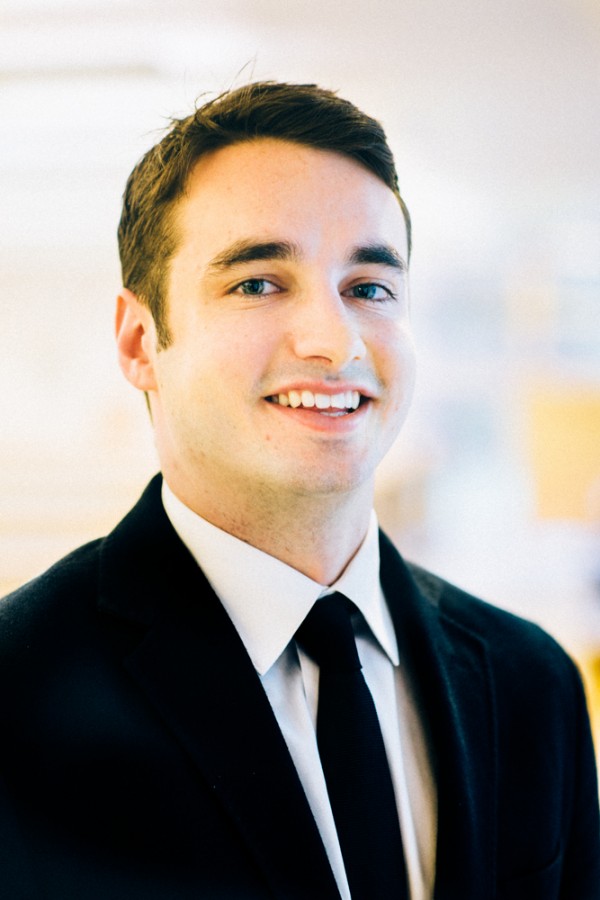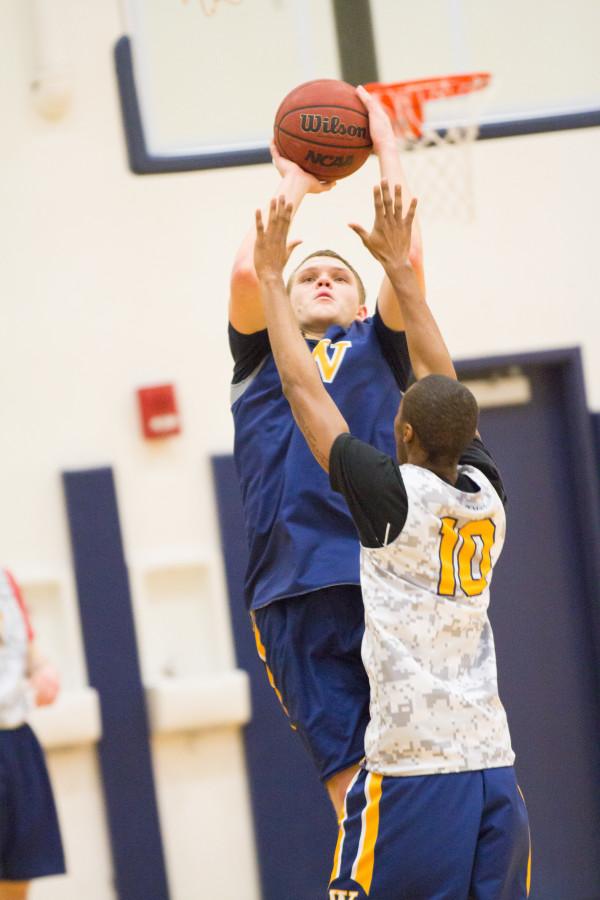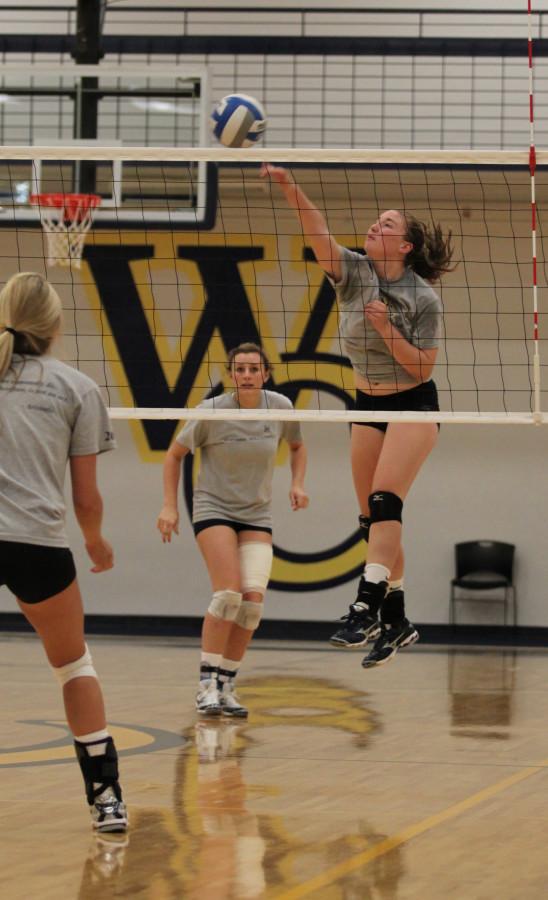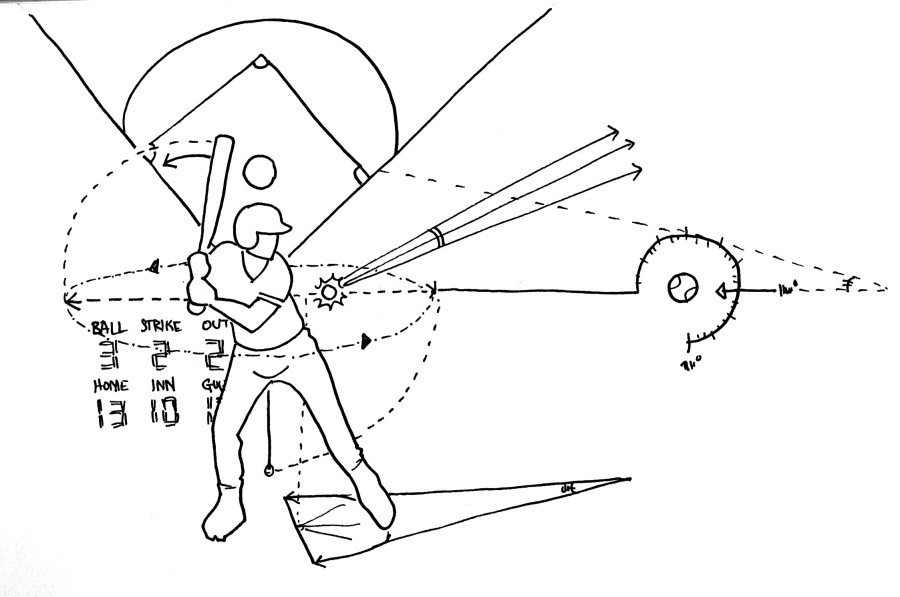 Although high school tennis players tend to focus more on their singles game, the emphasis on doubles tennis grows dramatically in college. Doubles mixes both the traditional self-reliance of a singles game and the cooperation of a team sport to create a fast-paced and more team-oriented game.
Although high school tennis players tend to focus more on their singles game, the emphasis on doubles tennis grows dramatically in college. Doubles mixes both the traditional self-reliance of a singles game and the cooperation of a team sport to create a fast-paced and more team-oriented game.
“It doesn’t matter what the tennis player’s background is,” said Whitman women’s tennis coach John Hein. “In college you work as a team, practice as a team. Doubles is such an integrated and important part of the game. It’s where college tennis feels most team oriented.”
Since doubles tennis is more of an aggressive, quick-paced game, doubles players learn to rely on the other member of the team as well as on their own game style, which is challenging for people more used to the singles game.
In order for two players to work well together in doubles, players must match their own styles of playing and finding the complementary elements of their styles.
“If one player is more steady and the other is more dynamic but makes big shots, finding that compliment helps players know what to expect from one another,” said Hein.
The emphasis of doubles tennis in college, in comparison to high school, is quite dramatic for some Whitman students. Some came from backgrounds in which they played little or no doubles tennis to college where the doubles game is focused on several times a week.
Drills for doubles tennis focus primarily on the net game, overheads, and situational circumstances. This helps players learn how their partners will react and how to cover each other depending on where the other is on the court.
Since each doubles match accounts for the same number of points as a singles match, doubles teams normally compete first in college matches. With three doubles teams playing at once, coaches stress the importance of a good doubles game.
“If you start playing well in doubles, you can start off ahead. It takes five points to win [a duel], and if [the team] comes in at 3-0, you’re off to a pretty good start,” said sophomore and men’s tennis player Etienne Moshevich.
However, doubles teams not in the top three spots sometimes shift partners. Injuries, transfers and shifts in ranking also force players to shift partners frequently. Moshevich’s old partner, Matt Solomon, transferred to Boise State, and his second partner Nadeem Kassam, got injured. He and his new partner Jake Cappel are still developing their understanding of one another’s styles. Luckily, the friendship between tennis players permits a smooth transition from singles to doubles.
“I really don’t know exactly who my set partner is, but we get along really well together. We’re supportive of each other, and since we’re such good friends on the court, there’s no animosity,” said Moshevich.
For tennis players, the challenge of working together is less grueling than welcoming as players learn how to find confidence in themselves and to rely on their teammates for support. By finding both their inherent chemistry as well as working as a team, doubles tennis builds a definite sense of team unity in an independent sport.





